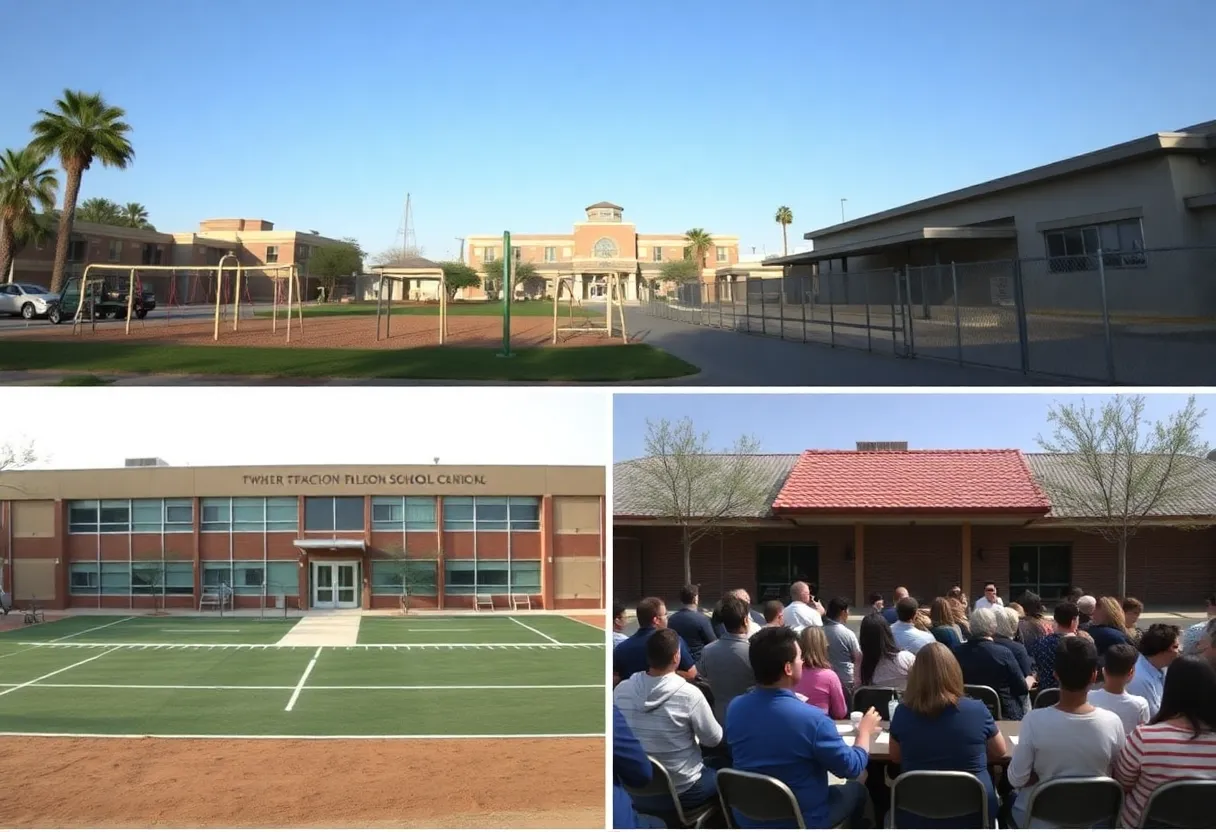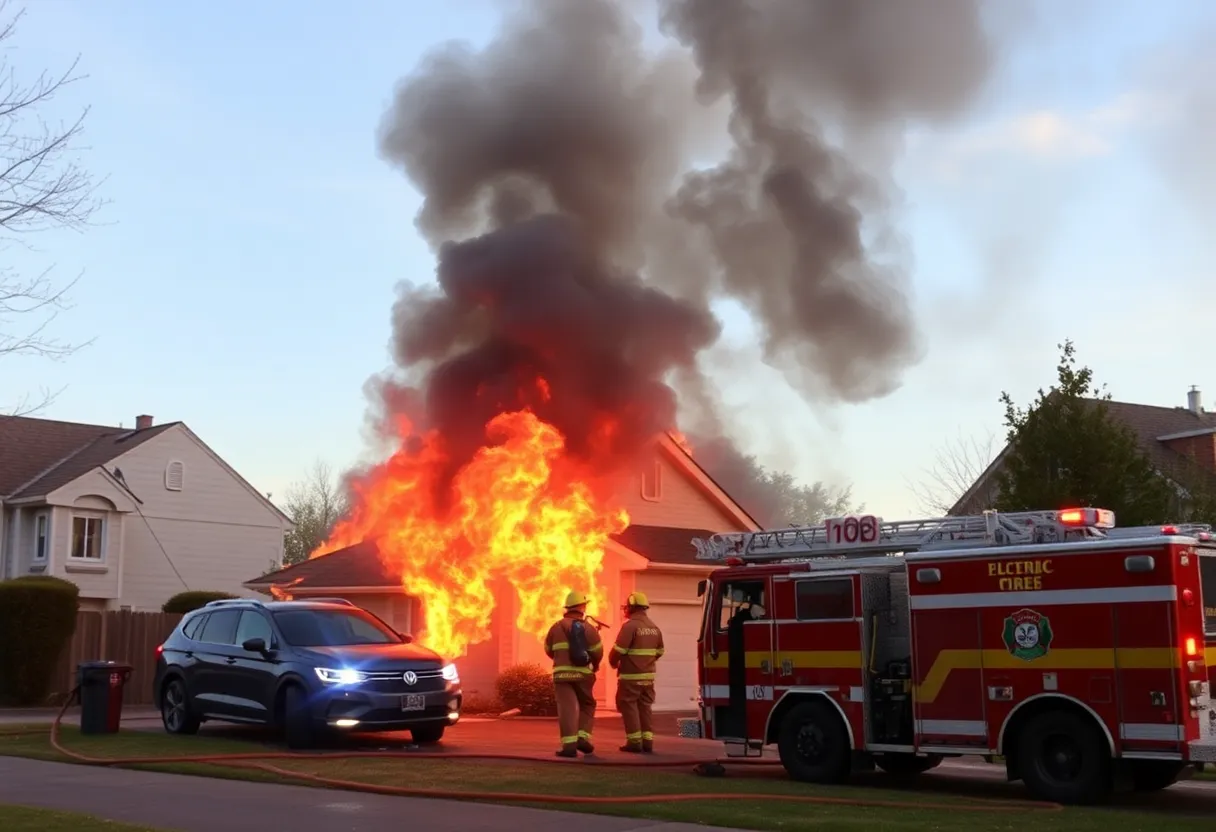Exploring the Impact of School Closures on Phoenix Communities
Examining the Roots of School Closures in Phoenix
School closures in Phoenix stem from multiple intertwined factors that shape the educational landscape. Declining enrollment has proven to be a leading driver, often resulting from shifting population demographics, migration patterns, and student preferences. As fewer students attend certain schools, districts face underutilization of facilities, prompting them to consider closures as a cost-effective measure.
Financial constraints significantly influence closure decisions. Reduced state funding, increased operational expenses, and the necessity to balance budgets force districts into tough choices. The persistent need to allocate resources efficiently often renders some schools financially unviable, especially those struggling with enrollment or aging infrastructure.
Another critical factor is the rise of charter schools. As alternative educational options attract students, traditional public schools experience enrollment declines. This competition shifts the educational market, compelling districts to rethink resource distribution and sometimes leading to school closures to remain fiscally sustainable.
Direct Effects on Students
Educational Disruptions and Emotional Toll
One of the most immediate impacts on students relates to disrupted educational continuity. Moving to a new school often entails adjusting to different curricula, teachers, and peer groups, which can hinder academic progress.
Emotional and social well-being may suffer as students face uncertainty, loss of familiar routines, and the challenge of integrating into new environments. Such transitions, if not managed carefully, can lead to increased dropout rates and decreased motivation.
Increased Commute and Reduced Extracurricular Participation
School closures frequently lengthen students’ daily commutes. Longer travel times result in fatigue, less time for homework, rest, or extracurricular activities, which are vital for holistic development and college readiness.
Additionally, students may find themselves sidetracked from community activities that foster social bonds and leadership skills, further affecting their overall development.
Loss of Support Networks
Students depend on established relationships with teachers, counselors, and peers to navigate academic and personal challenges. Closure-induced relocations often mean losing these support systems, which can negatively impact mental health and academic confidence.
Challenges Faced by Educators and Staff
Job Security and Professional Stability
For teachers and school staff, closure announcements evoke worries about layoffs and reassignments. Job insecurity not only affects morale but may also hinder recruitment and retention efforts within districts.
Increased Workload and Stress
Remaining staff often experience larger class sizes and have to assume additional responsibilities, such as facilitating transitions and supporting displaced students. These added pressures can compromise job satisfaction and instructional quality.
Disruption of Pedagogical Methods and Relationships
School closures break established routines and administrative structures. Teachers face the difficult task of adapting lesson plans and maintaining student engagement amid organizational upheaval, sometimes with limited professional development or resources.
Broader Community Ramifications
Economic Consequences and Property Values
Schools function as anchors of community stability. Their closure often leads to decreased property values, as families seek neighborhoods with accessible, functioning schools. Local businesses relying on school families may see reduced patronage, impacting economic vitality.
Social Cohesion and Community Identity
Schools foster community pride and social networks. When a school closes, its absence can weaken communal bonds and diminish neighborhood cohesion. The loss of a school building can symbolize broader social and economic decline.
Increased Neighborhood Vandalism and Crime
Vacant school facilities often attract vandalism and illicit activities. These sites can become eyesores and safety hazards, further discouraging community investment and contributing to neighborhood deterioration.
Case Studies Highlighting Phoenix’s School Closure Experiences
Paradise Valley Unified School District: A Shift in Community Dynamics
In 2024, the district closed three schools due to budget challenges and enrollment declines. The closures sparked community debates about maintaining educational access and the importance of preserving neighborhood identities. These schools served as social hubs, hosting events, community meetings, and extracurricular activities. Their loss underscored the necessity for alternative community hubs and highlighted how school infrastructure impacts neighborhood vitality.
Roosevelt School District: Balancing Fiscal Health and Educational Equity
Facing a financial crisis, Roosevelt District proposed closing five schools. Stakeholders feared that such closures would deepen educational disparities, especially among disadvantaged populations. Community engagement processes emphasized the importance of transparency and inclusiveness in decision-making. The district aimed to find sustainable solutions while protecting essential educational services for vulnerable children.
Implications Beyond Phoenix’s Borders
- Widening Educational Inequity: Schools in low-income communities increasingly face closure threats, amplifying disparities in educational quality and access. The risk is a deepening of cycle poverty and limited social mobility.
- Policy Challenges and Opportunities: Policymakers are tasked with developing strategies that address fiscal constraints without sacrificing educational equity. Long-term planning involves investing in infrastructure, technology, and programs that prevent closures rather than react to them.
- Building Community Resilience: Effective response to closures hinges on community-led initiatives—such as creating alternative public spaces or repurposing school buildings for community use—helping neighborhoods adapt and thrive despite setbacks.
Strategies to Alleviate School Closure Impacts
Community Engagement as a Cornerstone
Meaningful inclusion of parents, educators, and residents ensures transparency and fosters shared ownership of solutions. Public forums, surveys, and participatory decision processes can generate support and innovative ideas to cushion negative effects.
Repurposing and Reinventing Facilities
Transforming closed schools into community centers, health clinics, or affordable housing preserves their role in community life. Such adaptive reuse can revitalize neighborhoods, generate local employment, and retain the educational infrastructure within the community fabric.
Providing Support Services to Affected Populations
Displaced students and teachers require targeted assistance. Counseling, academic tutoring, and job placement services can facilitate smoother transitions, minimizing disruptions to their lives and careers. These measures reinforce community resilience and show a commitment to social responsibility.
Reimagining the Future of Education and Community Cohesion
While school closures pose significant challenges, they also present opportunities for innovation and reform. Inclusive planning, investment in alternative community hubs, and strategic resource allocation can turn perceived setbacks into catalysts for stronger, more adaptable neighborhoods.
Developing flexible educational models—such as shared facilities, mobile classrooms, or digital learning communities—may prevent future closures and support a resilient education system aligned with evolving community needs.
FAQ
What are the main reasons for school closures in Phoenix?
- Declining enrollment
- Budget deficits
- Rise of charter schools
How do school closures affect students’ education?
- Disrupt learning continuity
- Increase commute times
- Loss of established support networks
What are common community impacts of school closures?
- Decreased property values
- Weakened social cohesion
- Increased vandalism and crime
What strategies can help mitigate the negative effects of school closures?
- Community engagement in planning
- Repurposing school facilities
- Providing support services for displaced students and staff
Can school closures lead to innovative community solutions?
Yes. Reimagining vacant facilities, fostering community-led initiatives, and adopting flexible educational models can enhance resilience and social cohesion.
Key Features of School Closures and Community Impact in Phoenix
| Feature | Details |
|---|---|
| Primary Causes | Declining enrollment, financial challenges, rise of charter schools |
| Student Effects | Educational disruptions, longer commutes, loss of support |
| Community Impact | Property value decline, social fragmentation, neighborhood safety issues |
| Mitigation Strategies | Community engagement, repurposing facilities, support services |
| Future Opportunities | Innovative reuse, flexible schooling models, community resilience |
Author: STAFF HERE PHOENIX WRITER
PHOENIX STAFF WRITER The PHOENIX STAFF WRITER represents the experienced team at HEREPhoenix.com, your go-to source for actionable local news and information in Phoenix, Maricopa County, and beyond. Specializing in "news you can use," we cover essential topics like product reviews for personal and business needs, local business directories, politics, real estate trends, neighborhood insights, and state news affecting the area—with deep expertise drawn from years of dedicated reporting and strong community input, including local press releases and business updates. We deliver top reporting on high-value events such as the Waste Management Phoenix Open, Cactus League Spring Training, and Arizona State Fair. Our coverage extends to key organizations like the Greater Phoenix Chamber of Commerce and Visit Phoenix, plus leading businesses in technology and healthcare that power the local economy such as Intel and Banner Health. As part of the broader HERE network, including HERETucson.com, we provide comprehensive, credible insights into Arizona's dynamic landscape.





